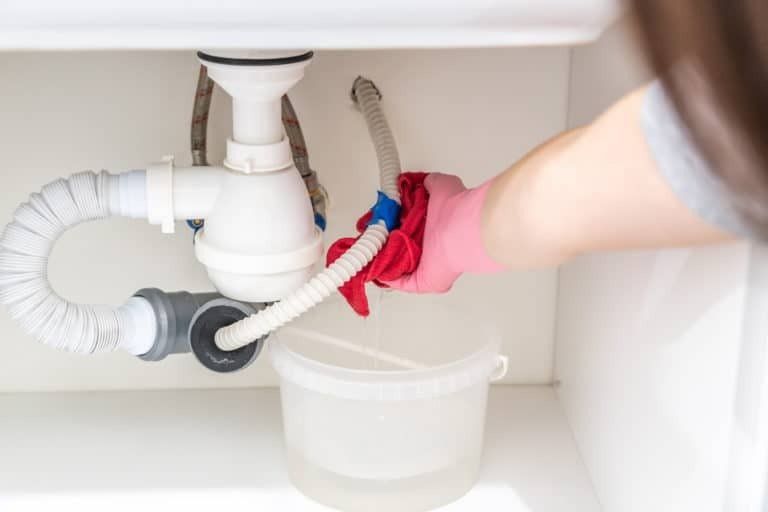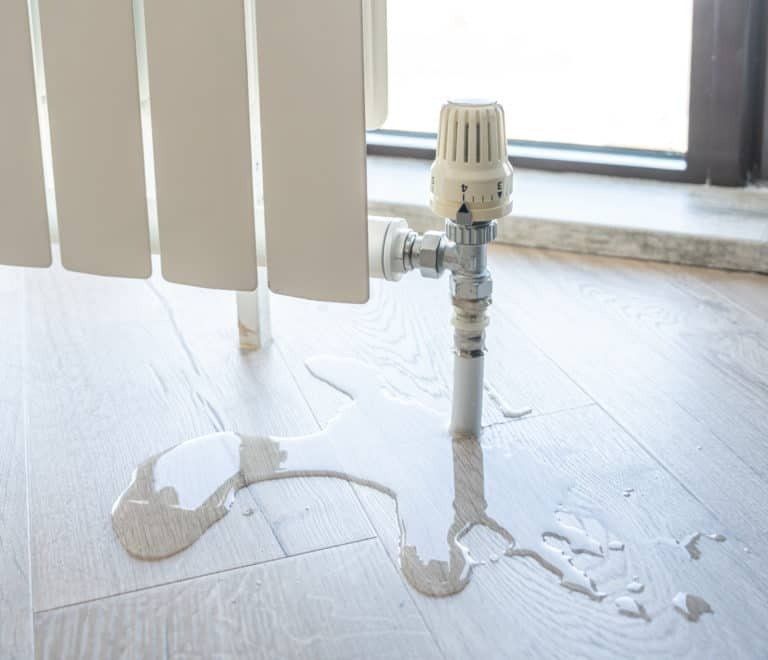It would be difficult to live without water in your home. It’s critical to drinking, bathing, and cleaning. Yet, when things go awry, water can become your enemy. When water leaks and is left standing, it can quickly result in structural damage, ruined possessions, and more. Worse, if not completely cleaned up and dry within 48 hours, mold will start to grow.
The best course of action is to prevent water damage in the first place. By understanding the source and cause of water damage, you may be able to nip it in the bud before it becomes disastrous.
Sources of Water Intrusion
The following sources of water can result in water leaks that can quickly spread and damage the area around it.

1. Plumbing System
The plumbing system in your home is complex. It distributes water to faucets, toilets, showers, and appliances. When one of the many elements of the system malfunctions or breaks, it can cause major havoc.
Further complicating this problem is that small leaks may not be obvious until they become larger ones. You can try to stay on top of it by periodically checking the pipes that are accessible for cracks, rust, or leaks. If you’re not comfortable with doing it yourself, a plumber can do an inspection for you.
2. Clogged Gutters and Downspouts
The gutters surrounding your roof serve an important purpose; namely, catching rain runoff from the roof and sending it through downspouts away from the home’s foundation. If the gutters are full of leaves and debris, water will pass over them and run straight down the side of the house. That water will go directly down the home’s foundation, saturating it and eventually finding its way into the house interior.
To prevent this from happening, keep your gutters clear. Make sure the gutters and downspouts are in good repair. If there are areas where the gutters have pulled away from the house or you find cracks, have them repaired or replaced as soon as possible.

3. Malfunctioning Appliances
Washing machines, dishwashers, ice makers, water heaters, and air conditioners can be the source of water damage. Damaged hoses or loose or worn connections can leak water. The leaks may not be immediately obvious if the water is pooling inside a wall or underneath the appliance.
You should periodically check your appliances and where the water enters them. Repair or replace any broken or cracked hoses, tighten up the connections, and look for hidden leaks. If the appliance is very old, it may be cheaper to replace it than water restoration would cost.
4. Burst Water Pipes
Even if your plumbing system is functioning properly, pipes can burst, especially when temperatures fall below freezing. This can result from improper insulation in pipes leading to colder areas. Pipes that lead to outside spigots are especially prone to freezing and bursting. When that happens, the water will back up into the interior of your home, flooding the area.
Make sure you turn off the water to exterior faucets before the weather freezes. Disconnect the hoses, since there could be residual water inside them that will freeze.
5. Septic Tank Backup
If you live in a rural area, you may have a septic tank to treat your wastewater. If the system backs up due to excess rain or accumulated sludge, it will start to overflow. Your home will become a messy and unhealthy place to live. It will be obvious if your septic system backs up; the odor alone will alert you. If this happens, call a professional plumber immediately to make your home habitable again.
You should maintain your septic system by having it inspected at least every three years by a professional who specializes in them. They will determine if it needs to be pumped, repaired, or replaced.
6. Weather
Mother Nature can wreak havoc on your home during heavy rains, snow, ice, and storms. Your plumbing system and appliances may be in great shape but adverse weather conditions can be unpredictable. There isn’t much you can do about the weather except to keep gutters clean and be prepared for leaks during flooding conditions.
What to Do If You Have Water Damage
Even if you take precautions, you may still suffer water damage. It’s impossible to prevent acts of nature or an appliance that suddenly malfunctions, leaving standing water behind. When that happens, it’s important to get the water and moisture dried up quickly before mold begins to grow.
If the damage is beyond your control, call on the professionals at St. Louis Cleaning and Restoration. We have the industrial equipment to quickly dry up all the water to minimize damage. We have a facility where we can restore your possessions and furnishings if they are salvageable. Plus, we offer 24/7 emergency service to ensure you get immediate help when you need it.
St. Louis Cleaning and Restoration has been providing the St. Louis area with water cleanup and restoration services since 1991. Let us help you keep your house clean and dry.

